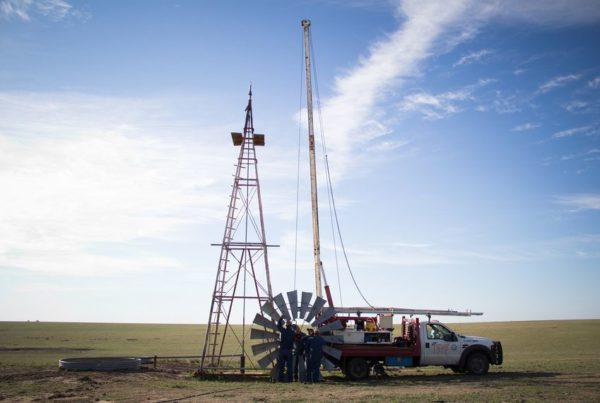As oil and gas production has ramped up in the Permian Basin, so has flaring. Flaring is the burning off of natural gas – a byproduct of oil extraction – when there isn’t room, or desire, to transport it in existing pipelines. As common as flaring is, its emissions are also damaging to the atmosphere.
Now, Texas Railroad Commissioner Ryan Sitton has released a report that looks at the practice and prevalence of natural gas flaring in the Texas oil and gas industry. The Railroad Commission is the state’s energy regulator.
“It’s really the first report we’ve seen from a railroad commissioner on this really controversial topic,” says Mose Buchele, energy and environment reporter for KUT Austin.
Buchele says in the report, the commission measures flaring by looking at how much an oil and gas company burns natural gas compared to how much oil it produces. But he says that’s more of a measure of efficiency than of environmental impact.
The oil and gas industry supports that form of measurement, but environmental groups are skeptical. They’re skeptical because the commission has the authority to regulate flaring more stringently but has not. Methane is what’s burned during flaring, and it’s a gas that contributes to climate change.
“Also, it’s just vastly wasteful; everybody recognizes this. People in industry recognize this. There’s one estimate that says that enough gas is flared to power every home in Texas,” Buchele says. “It’s just a big waste of energy even putting aside the environmental impact.”
Buchele says companies flare because it’s not profitable for them to transport and sell it.
He also says the report doesn’t indicate whether the commission will begin to regulate flaring more aggressively.
Written by Morgan Kuehler.















